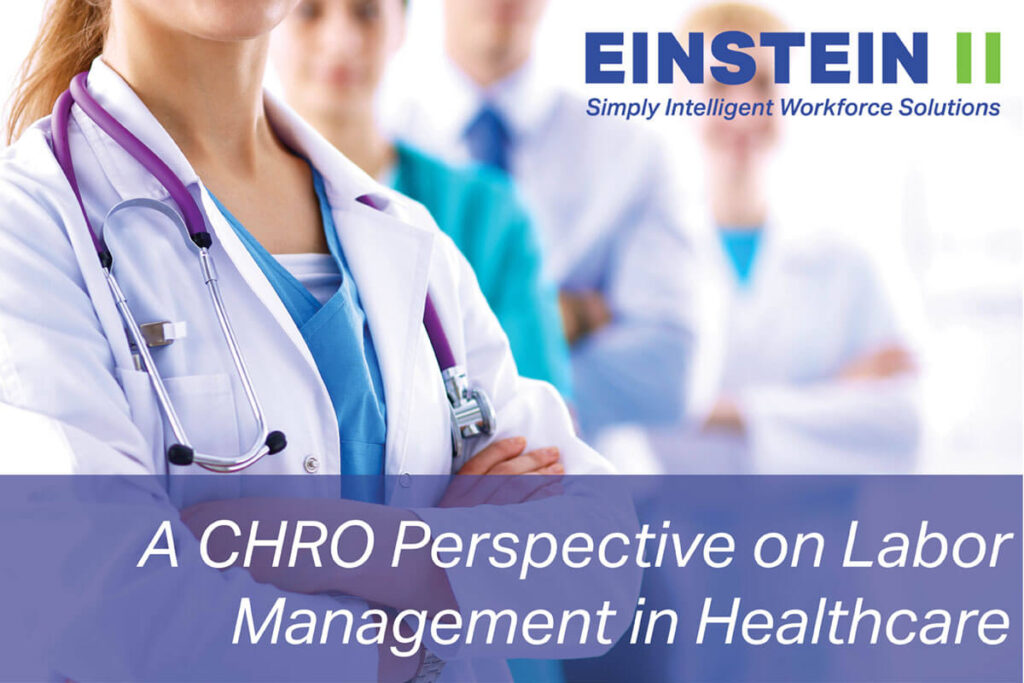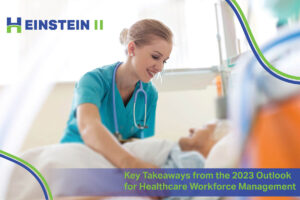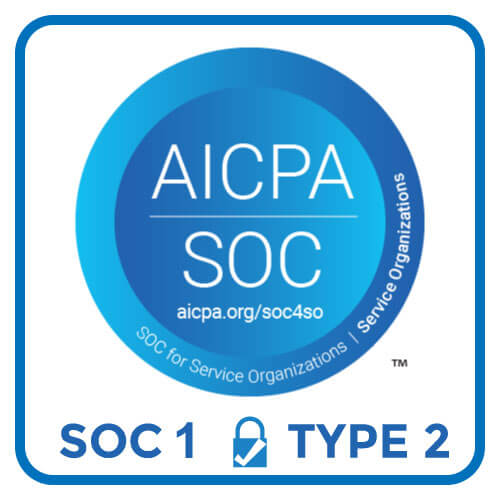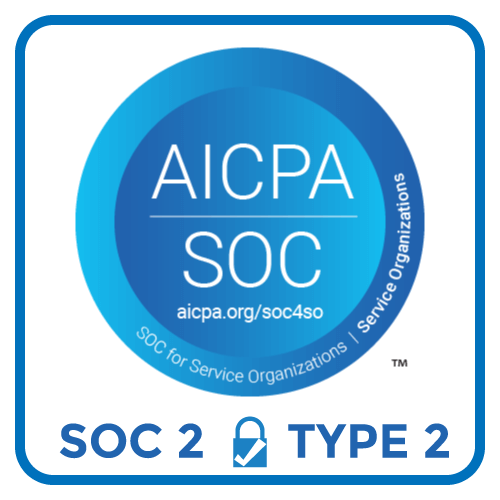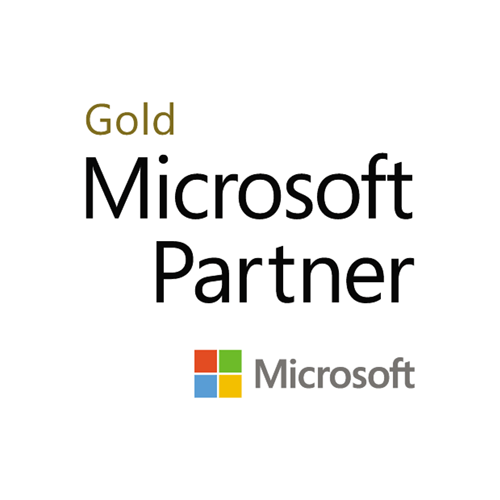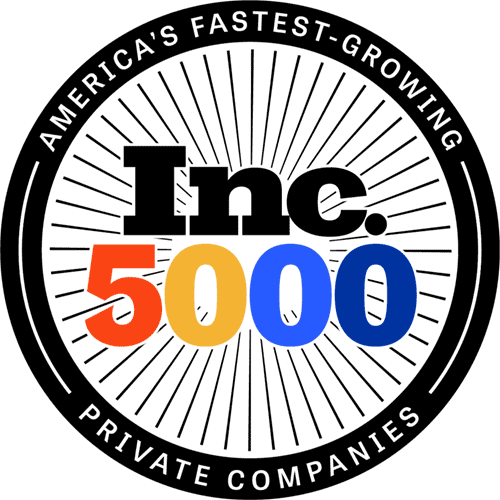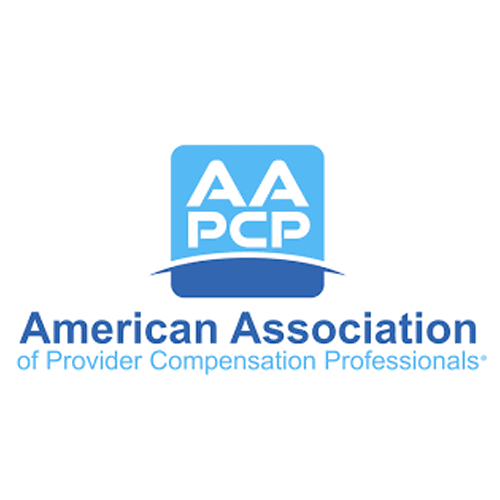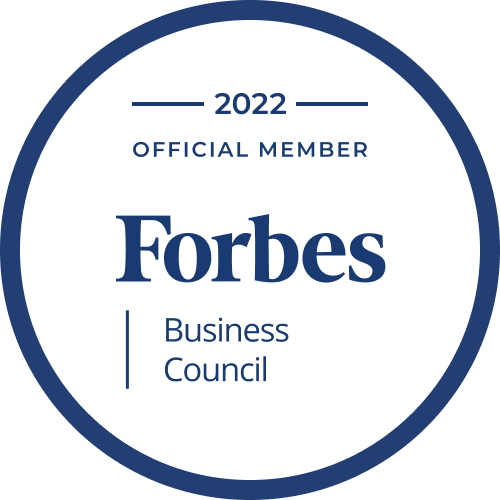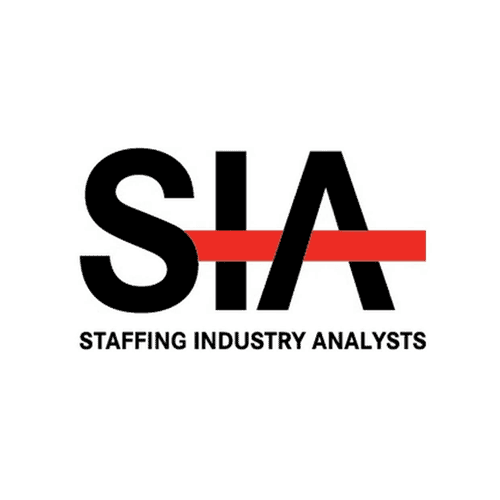Michelle Sanchez-Bickley, MS, SPHR, SHRM-SCP, is Chief People Executive for Einstein II at Hallmark Health Care Solutions. With 20 years’ experience as Chief Human Resources Officer (CHRO) for an integrated healthcare network in Nevada, Michelle offers valuable insights on how HR intersects with clinical and non-clinical staffing at health systems.
Today, Michelle is answering questions about HR’s foundational role in filling vacancies – especially clinical vacancies – while driving down labor costs. She will also identify some outside-the-box opportunities many HR teams might be missing, starting with making better use of the gig workforce.
Michelle, what is the most important thing HR teams at healthcare organizations need to understand about the gig workforce?
HR must think in new ways about how to staff and bring these workers on board. Health systems will always have core staff with traditional shifts and schedules, but the gig economy presents a totally different type of workforce. Recruiting methods need to appeal to people who want to work in different ways at different times. A traditional recruitment model isn’t necessarily going to capture employees who prioritize flexibility above all else.
Gig workers also offer an opportunity for HR to improve performance by filling open roles faster. For example, applicant interview processes create bottlenecks between hiring leaders and recruiters, leading to delays in hiring and onboarding. Organizations that streamline contingent labor by creating their own gig workforce of already-known, pre-qualified, and credentialed clinicians are able to recruit into any open role much more quickly.
How can an organization make the shift so it has greater appeal to gig workers?
It’s a stepwise process. First, get the stakeholders involved and help them understand the benefit of creating a gig workforce program to attract clinicians or non-clinicians who want to work on a shift-by-shift basis (contingent and per diem). Then, team up with a partner that can provide smart technology, like the Einstein II platform, and smart strategy to implement the program.
Organizations don’t have to do this on their own. Many health systems that have tried to do this independently end up reverting back to more manual and disparate processes. This approach to staffing is often new for HR teams, and guidance from a partner who already knows how to do this quickly, seamlessly, and cost-effectively will be key to long-term success.
Are there financial implications of intentionally engaging the gig workforce?
From a financial perspective, staff at many health systems are currently working more required overtime shifts simply because there are vacancies the organization can’t otherwise fill. If your system can open more opportunities for different types of shifts and schedules, you reduce your financial burden because you’re not paying premium labor costs.
Instead, you will have created your own internal agency – from which you can quickly deploy resources – meeting candidate and organizational needs at once. That enables HR to become much more effective in the recruitment pipeline, getting staff onboarded and deployed to the units faster. Savings accrue at every step.
What are the benefits and pathways to creating an internal agency of gig workers for staff retention after recruitment?
One way HR can be more effective is by increasing engagement with employees. If we meet employees where they are and let them work when they want to, then we create a more engaged workforce. If you expand the per diem model into an internal agency model, the health system can offer much more flexibility to the staff who want it.
Years ago, we used to think that per diems wouldn’t be as engaged as full-time staff because they don’t work full-time, but that’s old thinking. In my last role as CHRO, we participated in engagement surveys and we found the opposite. Our per diems were actually more engaged than some of our full-time staff because they’re getting to work when they want while also meeting our needs.
From an HR perspective, you end up with stronger recruitment abilities because this approach opens the marketplace significantly, and you can attract a greater range of people. You’ve got retention opportunities because they’re much more engaged. That lets HR start to focus on more strategic initiatives, not just the operational issues they’re being held to today.
What do you mean by more strategic initiatives?
Several things. For one, HR can put more effort into designing total compensation and rewards to get the right hires at different levels or to bring down turnover for some high-volume positions. HR could also work on other priorities like training and development needs, succession planning, workforce development, strategy, and taking the employee population to another level.
It is important to understand it’s not just HR that benefits. Finance is happy because you’re lowering your premium labor costs. With a smart technology like Einstein II to help manage and deploy these resources, IT will be happy because you’re using one solution that can support both internal and external staffing efforts with minimal disruption. Nursing is obviously happy because they can now have adequate resources at the bedside for good patient outcomes with a more engaged staff. From Clinical to HR to Finance, if organizations can change the mindset around the gig workforce, they’ll be better positioned to recruit and engage staff while bringing down labor costs.
To further explore this topic, contact Michelle at michelle.sanchez-bickley@hallmarkhcs.com. To learn more about Einstein II’s simply intelligent workforce solutions, visit einsteinii.com and request a demonstration.

